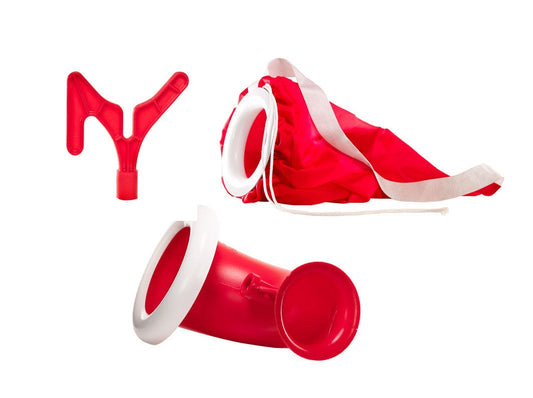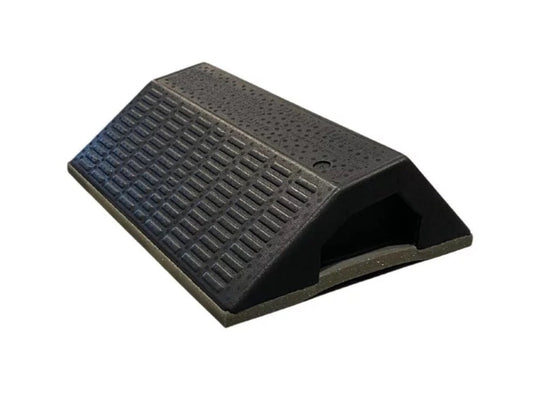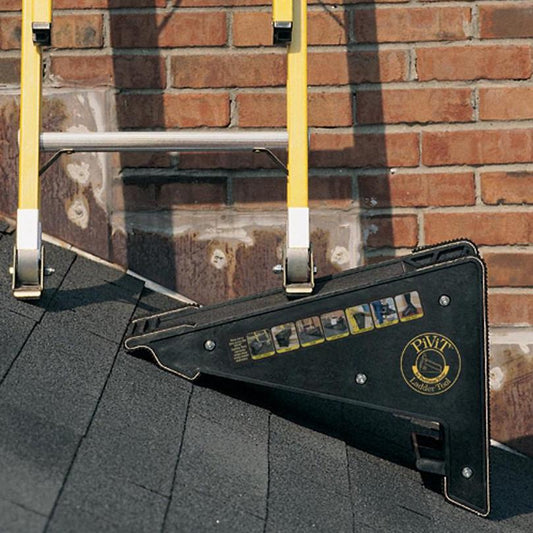It’s August 24th, and you know what that means - 4 months until Christmas! For professional holiday light installers, that means peak season is here. In preparation for the busy season, we’ve put together a list of the essential tools you’ll want to equip each of your crews with to make installing a breeze.
1. Wire Cutters

This one goes without saying. Wire cutters are an essential tool for professional Christmas light installers because you’ll be creating custom-cut Christmas lights every day. Wire cutters are one of the most misplaced tools on the job site, so be sure to have extra hanging around for when they magically disappear. We've designed our proprietary wire cutters to have a bright chartreuse rubber handle, so they're easy to spot if they get dropped on the job site.
2. A Light Hanging Pole and Hook

This tool is a no-brainer for installing Christmas lights in tree canopies, and they’re even helpful for passing line up to co-workers on the rooftop. They’re extremely simple to make and require inexpensive parts that you can find in any hardware store. All you need is a painters pole, a coat hook, some screws, and maybe even some zip ties for good measure. For an upgrade, consider our Ultimate Light Hook, which screws onto any Acme-threaded painters pole. For details on how to make your own light hanging pole, check out our YouTube tutorial.
3. Light Hanging Kit
A slight upgrade on the light hanging pole hook is the light hanging kit. This system comes with a hook itself, but the real winner is the horn-shaped light feeder. Feed your lights through it and your lights will perfectly unravel as you wrap them around tree canopies.
4. Battery Power Unit
Having a power unit on hand will save you more times than you may expect! If you show up to a property and their outdoor plugs are not turned on for your installation, you risk putting up lights where a bulb isn’t screwed in all the way and doesn’t light up. This creates more chance for a service call after installation, so you always want to be sure you have another source to test your lights. Portable power units can be expensive, but they’re worth the investment - we recommend having one in each of your work trucks so that no crew is without one.
5. Ladders

Depending on the types of jobs you do, you’ll want to have a variety of ladders available. Here’s what we recommend:
- Standard must haves: Step ladders, and an 18 ft and 32 ft extension ladder. We love the Little Giant Multi Function Ladders.
- Others to consider: If you regularly install on large deciduous trees, we suggest using orchard ladders, as their design allows you to get into tighter sections of the tree
6. Pitch Hopper

A secret of the roofing world is now gaining traction (no pun intended) in the property services realm. Using thousands of small rubber grippers, the Pitch Hopper provides you with a more level surface to use for support under foot, or to create a small tool shelf on the roof top.
7. Ladder Wedge

This tool has a myriad uses, but it’s most practical as a ladder leveller. Ever find yourself placing your ladder in a bumpy garden bed? This tool can be used to prop up one foot to give you a sturdier surface to prop your ladder on.
8. Personal Protective Equipment

As the employer, you are required to provide your crew with their Personal Protective Equipment. We believe this should extend beyond the traditional protective wear such as fall protection and high vis vests, and expand to things like footwear appropriate winter gear. If you live on the rainy west coast, consider waterproof boots and rain jackets. If you live in the chilly midwest, think about insulated jackets. There are even shorts designed to provide people with additional traction while sitting on a roof! An added bonus - adding a logo to any crew gear makes everyone look uniform and professional.
9. Storage totes
Although you won’t need these until take down season, start keeping an eye out for sales on large storage totes at your local hardware store now! You’ll be purchasing these in large quantities for storing your customers lights, so picking them early when you find a deal is totally worth the time and space! Even if you don't personally store the lights for your customer, it's a good idea to provide a proper tote to the customer that has some sort of airflow. Remember to inform your customers to store the lights in dry area that doesn't experience severe temperature changes. This ensures that the customer is properly storing the lights, reducing the risk of the lights not working properly the next season.
10. Technology

For the best continuity year over year, you’ll want to set each of your crews up with some type of device, whether that be a tablet or a smartphone. This is so that your crew members always have access to your company’s CRM while on the job site. If it’s your first year working for a new client, take a photo of their home during take down and map the features of their home using a markup app. Doing so, you can delineate which strings go where, and how many strings of lights are used on features like shrubs and trees. Remember to label the light strings to match the home, using landscaping labels or coloured electrical tape. This will help your crew figure out which lines of lights go on which surface the next year, so that there’s no risk that they have to cut and re-organize the lights to fit right.
And that's all, folks! After over a decade of being in the business, these are the tools we've come to rely on. Having all of these tools available to each of your installation crews will ensure a smooth season of installations! Is there something that's essential to your team that we missed? Let us know!






